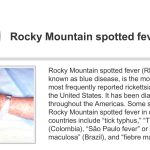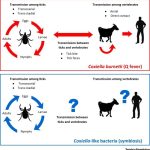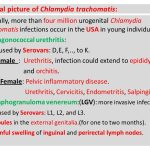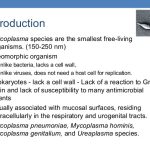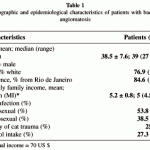
The most common manifestation of bacillary angiomatosis is a dermal lesion (Table 1). Three types of lesions are seen: cutaneous papules, subcutaneous nodules, and hyperpigmented plaques, in decreasing order of frequency. Papules are usually red-purple in color and range in size from a few millimeters to several centimeters, often surrounded by a collarette of scale.


